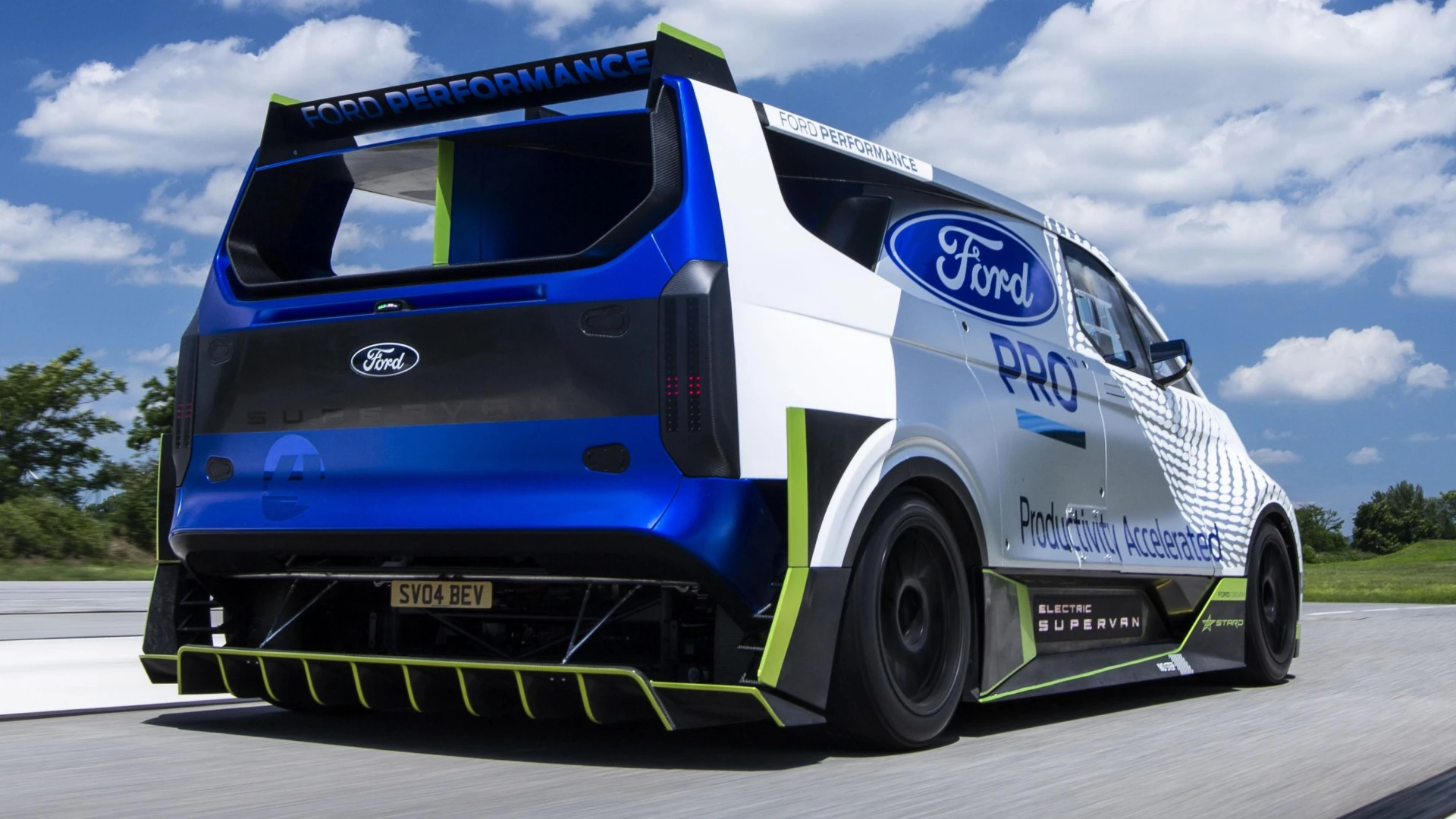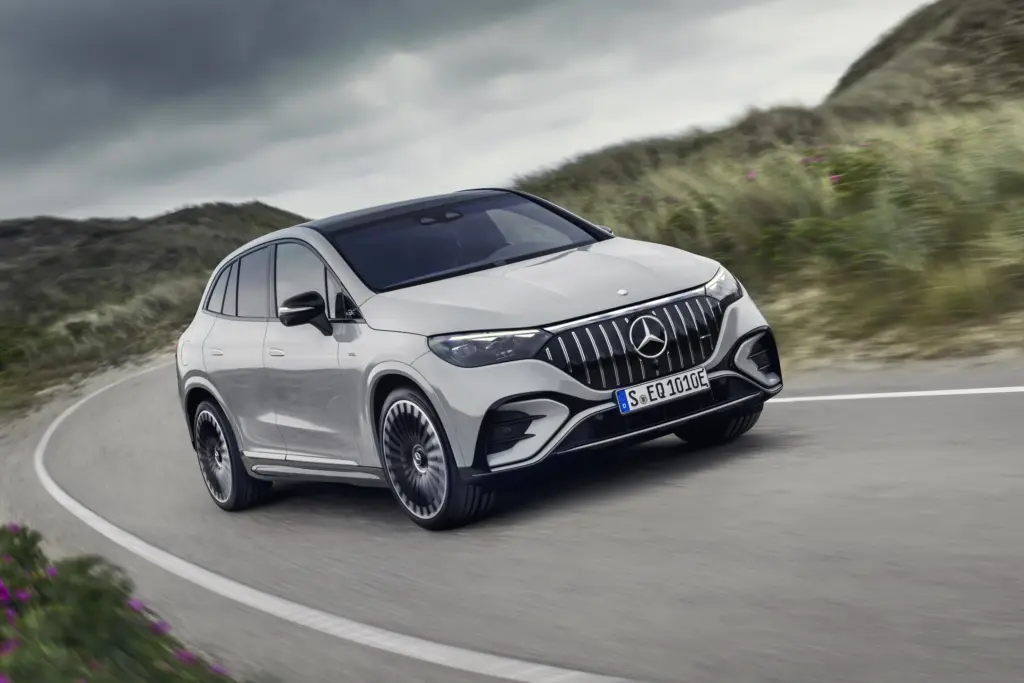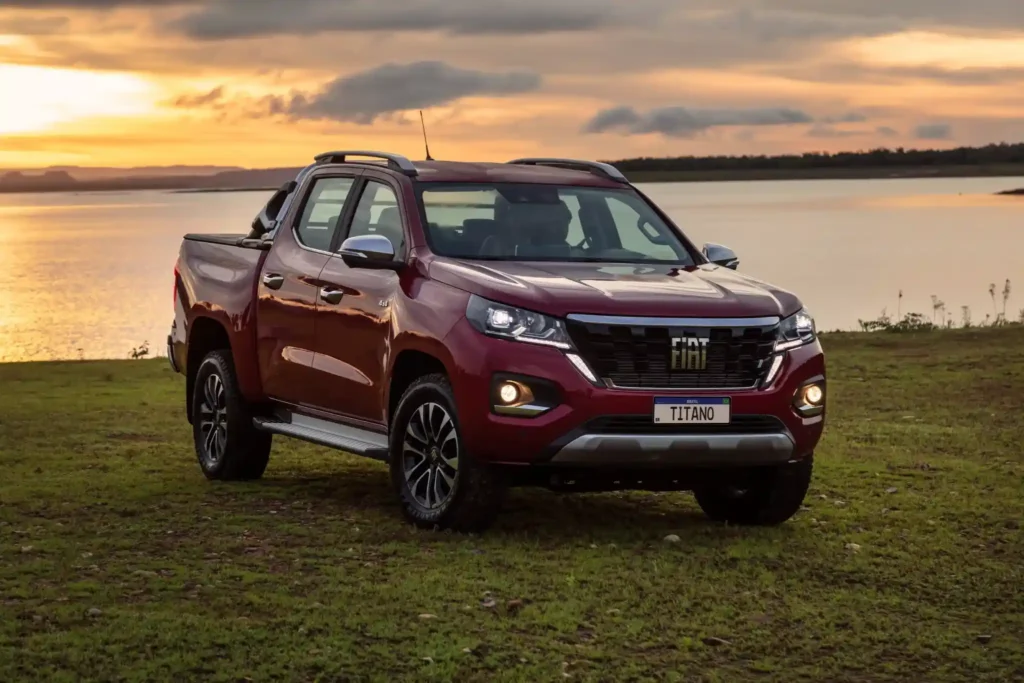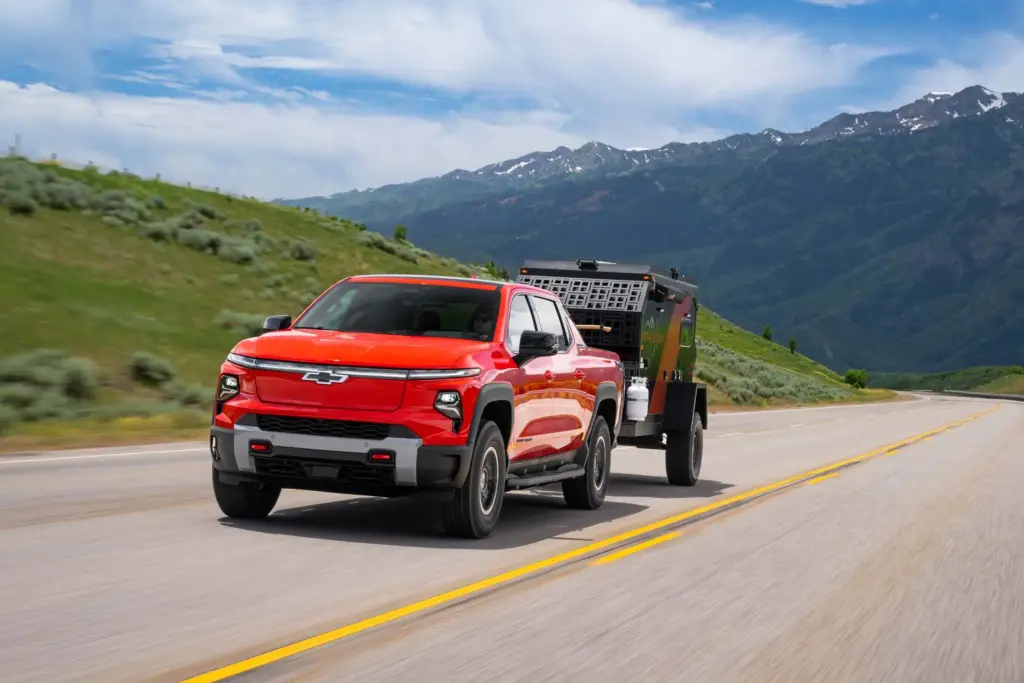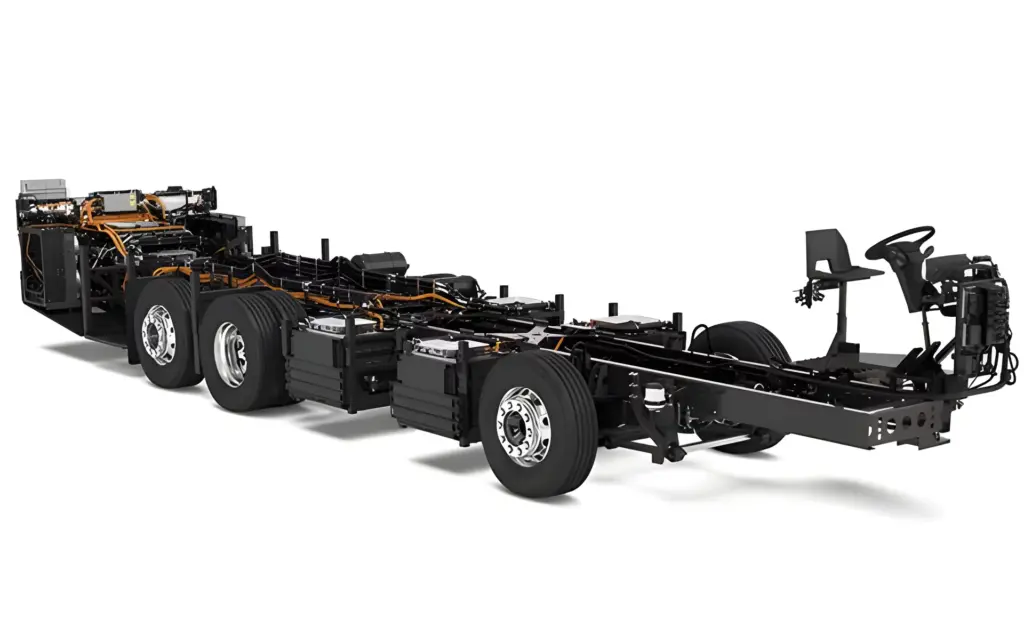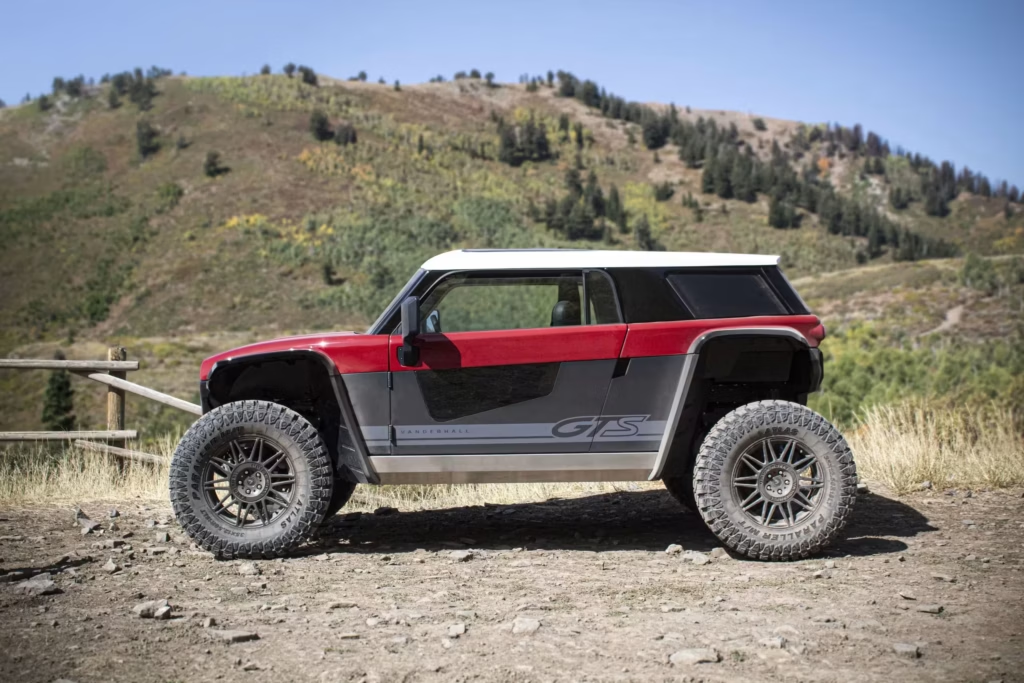I didn’t see this coming: an electric demo van, based on Transit, turning into a missile and posting a 6:48 on the ‘Ring. This number puts the SuperVan 4.2 ahead of the Mustang GTD — yes, the van was faster. It’s the kind of feat that makes us honestly say “wow.”
What is the SuperVan 4.2 and why did this time surprise?
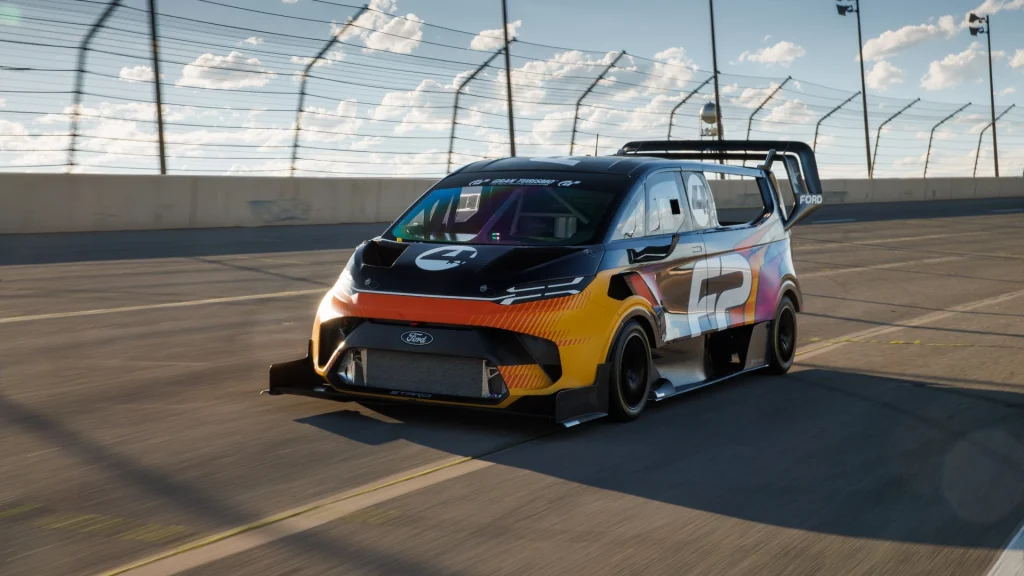
The SuperVan 4.2 is an electric racing prototype, not street-legal, tuned exclusively for performance. Weighing over 4,400 pounds (2,000 kg), it uses slick competition tires and was born to be excessive. With Romain Dumas behind the wheel, it clocked a 6:48.42 — a serious supercar time — on one of the planet’s most brutal tracks. For the technical context of the circuit, it’s worth checking out the Nürburgring Nordschleife directly from the official source: Nürburgring Nordschleife.
If you’re interested in the historical background of this “living legend” on wheels, I already recommend exploring the evolution of the most surreal van on the planet at Ford SuperVan: learn about the fastest van in the world. The 4.2 is the culmination of this craziness, meticulously engineered.
How do 2,000 hp and 4 motors turn a van into a missile?
The architecture is jaw-dropping: four electric motors totaling around 2,000 hp, torque vectoring, and aerodynamics that look like a video game trick. The weight is considerable, but the instant torque delivery and the insane grip of the slicks cancel out much of that “sin.” The result? Missile-like acceleration and cornering speeds that defy logic for a vehicle with a tall roof.
This “extreme track EV” philosophy is gaining traction, and the brand has already tested radical concepts on mountain climbs. To see another electric monster from the house at the limit, check out the Ford Super Mustang Mach‑E from Pikes Peak, which follows the same logic of raw torque and heavy downforce.
Is it fair to compare this 6:48 to supercars on the street?
Short answer: not entirely. The SuperVan 4.2 used race slicks and is track-only, while street cars run homologated tires and more “real-world” setups. Still, the number sends a message that stings many egos. The time places the van ahead of machines like the current 911 GT3 RS and, yes, also ahead of legends — and in some scenarios, even what’s projected for the Corvette ZR1X hybrid.
For those who like to separate “pure track” from “street legal,” the standards are clear: tires, ride height, aerodynamics, and setup are completely different worlds. That’s why I make comparisons, but I leave the technical asterisk very clear — Nürburgring punishes naivety, and every detail makes all the difference.
What is Dumas, Sabine, and the ‘Ring culture’s role in this?
Romain Dumas is that guy you call when you need to go fast without fuss, period. And there’s the legend Sabine Schmitz, who popularized the idea of “let’s take the van to the ‘Ring and see what happens,” in a classic of automotive culture. The homage is straightforward and beautiful — and honestly, the ‘Ring culture is about that: daring, measuring, and repeating.
While the van makes headlines, the “big Mustang” hasn’t fallen behind in development. The extreme package of the Mustang GTD Liquid Carbon shows that the internal battle for lap times is more alive than ever. I wouldn’t be surprised if there are more attempts under the perfect conditions.
What’s next: Can the 6:48 be lowered even further?
Yes, absolutely. With perfect climate conditions, fine-tuned suspension, tires at “golden temperature,” and even more aggressive mapping, there’s room for improvement. The brand already hints at new developments — and if the demonstration division got this van to such an incredible time, imagine what electric hypercars focused on performance can achieve. If you want a benchmark for “extreme EV track focused,” check out what the engineering of the Lotus Evija with 2,012 hp is proposing.
There’s more in store: the F‑150 Lightning SuperTruck ran on the same day, and I bet timed tests are coming soon. The message is global: EVs are not just 0-60 mph numbers; they are platforms of downforce, torque vectoring, and consistency. When dialed in right, they become missiles with a steering wheel.
Quick comparisons — where the van has the advantage
- 100% electric torque vectoring
- Pure competition slicks
- Aggressive and functional aerodynamics
- Instant torque delivery on all four wheels
- Setup not constrained by street regulations
- Top driver and “on point” track skills
Frequently Asked Questions (FAQ)
- Is this time “official” from the factory? It’s a timed run by the brand with a professional driver; it’s not an FIA-homologated record for street cars.
- Is the SuperVan 4.2 street-legal? No. It’s a track demonstrator, made for testing and showcasing technology.
- Why does using slicks make such a difference? Slicks provide a contact patch and optimal temperature that are much superior, drastically changing grip, braking, and cornering speed.
- Can I buy an “identical” one? No, it’s a one-off project developed by the brand’s demonstration team. Not available for public sale.
- Does this time beat supercars on the street? In raw numbers, yes. In technical equivalence, no — tire choice, weight, aerodynamics, and homologation all matter.
For those interested in more technical behind-the-scenes details of the machine behind this show, the brand has already detailed engineering choices for the SuperVan project in mountain climb competitions, like Pikes Peak (Ford Media). And, of course, the ‘Ring culture remains the same: go there, try again, and silence the skeptics on the track.
Ultimately, I see it this way: it’s not exactly a “van humbling supercar” in a pure sense — it’s a technical showcase of how EVs, when free from street constraints, bend physics. And, damn, they bend it beautifully. The 6:48 of the SuperVan 4.2 doesn’t make anyone ashamed; it just raises the bar for everyone, from the GTD to the upcoming hyper-electric cars.
Liked it or disagree? Drop your comment: what would be your next challenge for the SuperVan 4.2 on the ‘Ring?
Author: Fabio Isidoro
Founder and editor-in-chief of Canal Carro, he dedicates himself to exploring the automotive universe with depth and passion. A car and technology enthusiast, he produces technical content and in-depth analyses of national and international vehicles, combining quality information with a critical eye for the public.

